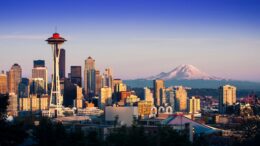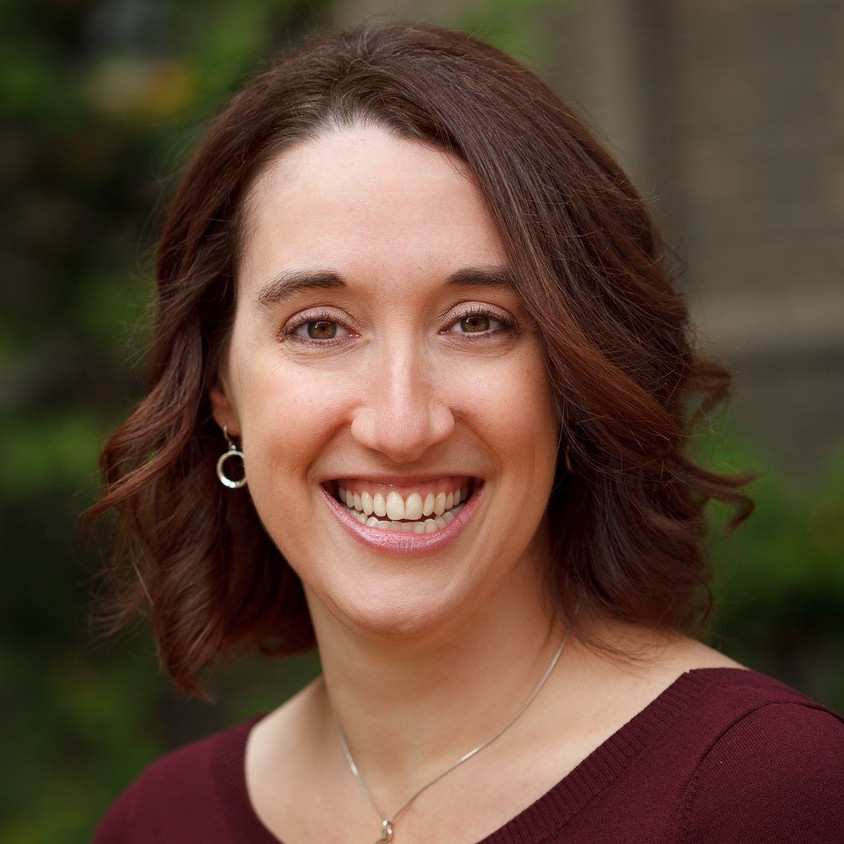Jessyn Farrell is late meeting me at the Seattle Green Festival in early July — not because she’s late entering the conference, but because it seems she can’t walk through a crowd of sustainability and environmental experts without being stopped.
As the director of the Office of Sustainability & Environment for the city of Seattle, Farrell holds a position that, in other cities, might not be particularly high profile. But in the Emerald City, which regularly ranks as one of the most sustainable cities worldwide, it garners its own type of fame. That position — along with Farrell’s tenure on the Washington House of Representatives from 2013 to 2017, her decades of environmental and transit activism in the region, and her two (unsuccessful) runs for mayor — makes her a known figure.
We hadn’t met before, but once we began our interview, we found that our personal and professional experiences overlap in several key areas. We share a passion for sustainable buildings: She helped pass legislation to decarbonize residential buildings, and I’m a U.S. Green Building Council LEED Green Associate. We’re both dedicated to food security and creative solutions for urban gardening and farming. And we’ve also both spent most of our careers living in and working toward sustainable cities — she in Seattle, and me in San Francisco and Washington, D.C. (This interview has been edited for clarity and length.)
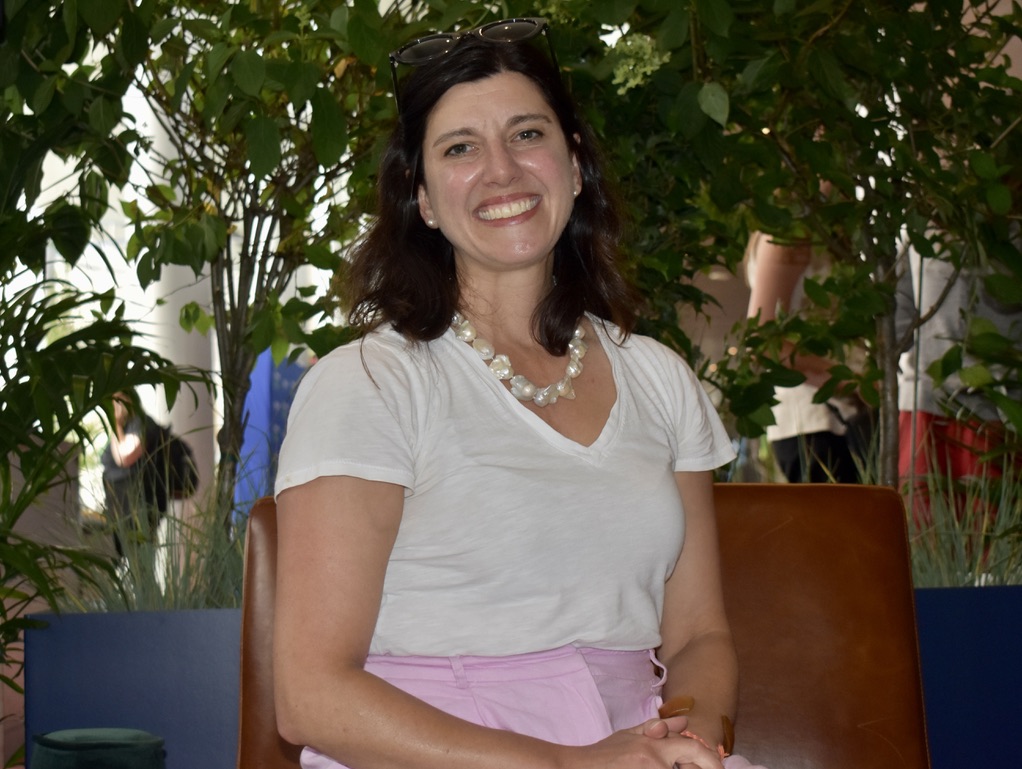
How did you get your start in environmental activism?
A lot of my environmental consciousness and love of this place started because it’s such a beautiful, amazing place to live in. When I was a child, my uncle was a researcher for orcas at the Ken Balcombe Center on San Juan Island, and we’d go out in his little boat and, like, hang out with orcas. That was magical and incredible.
And the thing that stuns me about living here is you still see whales. Even 40 years later, when my kids and I are on the ferry, we’re always scanning for whales, and they’re there.
I would say that I am literally a Save the Whales environmentalist. That’s where I got my start — as, you know, an ’80s bumper sticker.
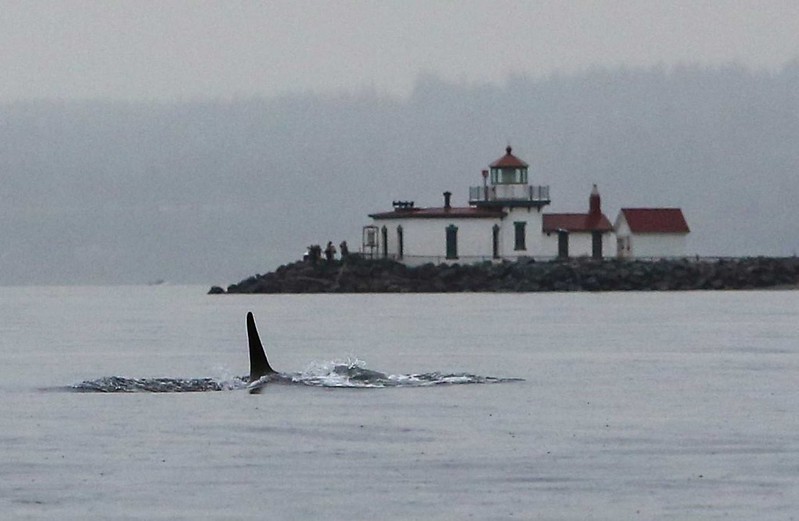
How has that love of the environment translated into your urban activism?
Over time, I really came to appreciate how important it is to make cities wonderful places to live as a way of preserving our wild places. Growing up in Seattle — which, like San Francisco, is a place of really rapid change — I could really see the forests and the fields turn into suburbia over the past decade.
As a result, over my career, I’ve asked myself, how do we make these cities places where everyone can live? That’s where you get into the intersection of environmental justice and affordability and human health and social capital — by asking, how do you get people to live in a dense urban environment?
You do that by making it really wonderful. So that’s been the guiding principle for my career.
Why has transportation been such a core piece of your professional life, given the Save the Whales environmentalism that you come from?
I think one thing that all big, wonderful cities have in common is an amazing transit system. And Seattle didn’t. In the 1970s, voters [rejected] what was called Forward Thrust. Federal funding had been approved to build a system here. The voters voted against the local match, and so it never got built.
After law school, I went into transit policy and ran a small nonprofit called Transportation Choices Coalition. I had an amazing team of five. Our budget the first year I was there was $250,000. We didn’t get paid very much. But we fought the highway guys and the mall guys and the oil industry on their own turf in Bellevue and got the city council to support light rail, which it had voted down for decades. It was just a lot of fun, and it was a purpose.
What I love about [transportation] is that it helps address all these different issues — economic, race, and social justice, climate, livability, safety — just by building trains and having great bus service.
Whether you’re old or young or middle aged, transit is literally what connects us.
Why venture into politics?
I was voted “most likely to be a politician” in high school. I always dreamed of going into politics, but I think, like a lot of women, I felt I needed to be credentialed. I felt like I needed to have a lot of experience.
It wasn’t until I was working in a transit agency and lobbying these legislators who were five years younger than I was that I thought, if these guys can do it, I certainly can too. [That was] in 2012, [when] I had a two-year-old and a four-year-old. It was not easy by any means, but I jumped in and ran as an environmentalist and transit advocate.
We are very, very polarized right now. Climate is the unifying issue. We’ve passed this building emissions performance standard. We got the climate activists and the building owners to get — maybe if not on exactly the same page, [then] to a willingness to create space to do a heavy lift on a policy.
What’s your vision for Seattle?
My basic take is we actually know exactly what to do around climate change. This is not a mystery. It’s not a big research and science experiment. We have the solutions. The big challenge is: How do we scale and go big, fast? And how do we do that in a way that is community-centered and people-centered? Those two things have an inherent tension, because scaling requires speed, efficiency, and cookie-cutter approaches.
What we do at the Office of Sustainability & Environment is a lot of piloting and a lot of iterating, and then we package up our little fledglings and pass them on to capital departments that can really scale them. One good example of that is the Green Seattle Partnership, which started at OSC, which connects nonprofits to help steward our wild parts of our parks. We started small and learned how to run that well and then passed it on to the parks department.
Not everything can be a success right out of the gate. What are some initiatives that had some greater challenges or just haven’t worked out?
Well, one we’re really dogged about and not willing to give up yet is dredge truck electrification. Those are the diesel trucks that run between the port and logistic facilities.
Often environmental justice-impacted neighborhoods are right next to the port, and they have massive particulate impacts. There’s all of this [Inflation Reduction Act] funding, and there’s state funding, which is awesome for electrification. It offers tremendous potential, but getting there is challenging.
We’re not so worried about the really big entities. They’re going to figure out how to buy or finance $500,000 trucks.
It’s the small, 20-trucks-and-under, immigrant refugee-owned small businesses that can’t float loans, may not even have traditional banking. The price of these trucks is just really high. Then where do they charge?
Electrification has been a city priority now for several years. Our signature environmental justice program is in the Duwamish Valley, which is a port-adjacent neighborhood. In 2016 the Duwamish Valley Action Plan, which lays out the vision for that neighborhood, identified the need to electrify these trucks because this is really impacting people’s health. So we’ve been working on this for a long time, and we’re not ready to give up.
That’s one of those examples where we’re not there yet, but we’re learning a lot.
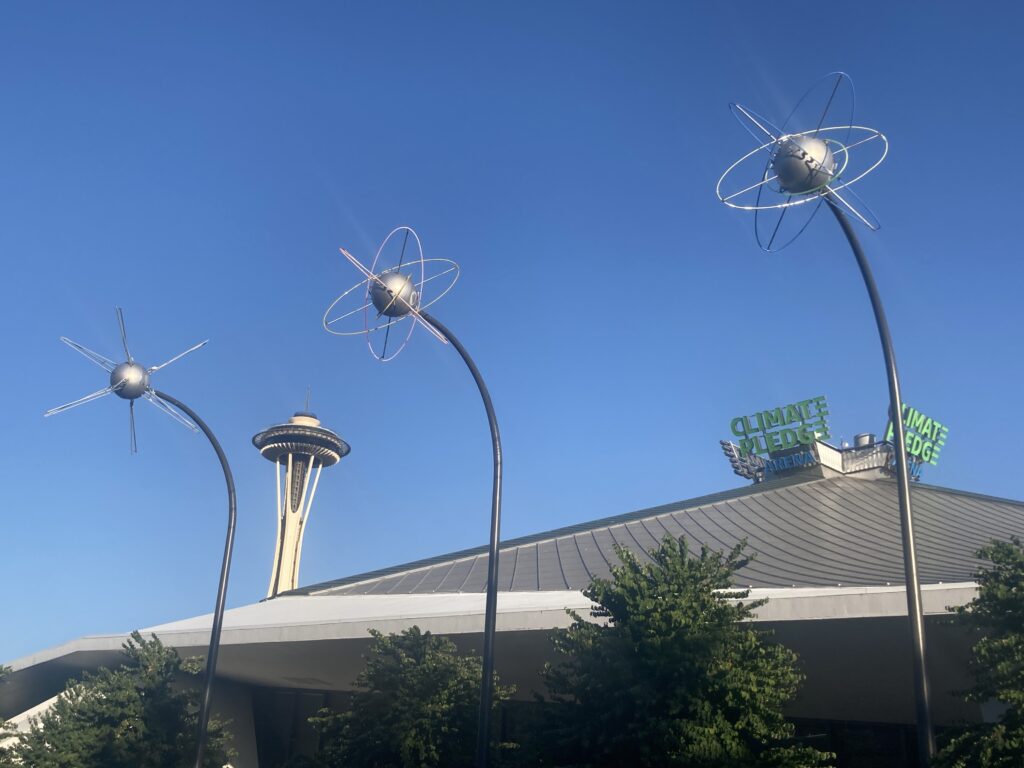
Seattle is implementing a multi-tiered approach for sustainability. Most cities have so many similar problems and solutions. What advice would you have for city officials in Fargo or Tempe, or smaller cities that maybe don’t have massive budgets but still want to do something to advance sustainability in their city and maybe feel overwhelmed? Where would you recommend they start?
We have the Buildings Accelerator Program. We passed the regulation, and that’s the stick. It says you have to decarbonize by 2050, and you have to meet benchmarks over the next 25 years. But one of the things that we really took very seriously is how we then partner and provide resources from the technical engineering side to meet the actual funding needs of under-resourced buildings to help them meet those targets.
We’re partnering first this year with affordable housing, just because there aren’t a lot of air-conditioned homes or air-conditioned multifamily homes, especially the older ones that tend to be more affordable.
So that’s a really fun project born out of many, many years of working with the building community and paying really deep attention to what they need and how we can show up best as government. Because at the end of the day, we want decarbonization to happen. We have an amazing staff that has expertise, but we’re also really reliant on community expertise to understand what the barriers are.
Washington shows up regularly on the top 10 states of U.S. Green Building Council LEED-certified buildings. But on that list, it’s ninth for number of credentialed LEED professionals. As Seattle moves to decarbonize its buildings, how are you fostering expertise in green buildings?
We passed legislation a decade ago that was our foundation for getting to emission performance standards and building benchmarking and tune-ups. We built in a certification program where we would help support people getting their credentials. We partner with South Community College to do that, which is really cool.
The feedback we received from building owners was to give them a long lead time. We’re in a downtown crisis, a commercial real estate crisis. We need time to make these big investments. And we’re willing to do it because we see the reason behind it. But they need time. That was one of the compromises, because the climate science obviously tells us we need to do this yesterday.
The activists wanted a 2030 deadline. But our role as the Office of Sustainability in negotiating this was, we don’t want a goal that’s impossible to meet.
We need you guys to actually decarbonize. And if that means having some flexibility around how we do it, [or] the deadlines, you have to do it. We built in a lot of flexibility because we want to have the end result.
In a year from now, what do you want the Office of Sustainability & Environment to be able to say it accomplished?
I would love within the next year or two to really have that sense of how we’re going to go the distance on decarbonizing our residential homes.
Then there are a lot of other really exciting projects that we’re doing.
One of them is creating a resilience hub strategy. Resilience hubs are trusted community facilities where people can go if there’s a heat event, but also throughout the year to build social capital. I would love to be in a place where the plan is launched, which we expect to do, and we have the political cohesion to start putting together the funding and the will to make sure that every single neighborhood in our city has these kinds of places where people can hang out when it’s too hot — or even in floods, [or if] your refrigerator goes out [and you need] a safe place to store your food.
With regards to climate, Seattle does have this ethos that’s still alive and well. I think it’s that issue that brings people together in a way that other issues don’t right now.

